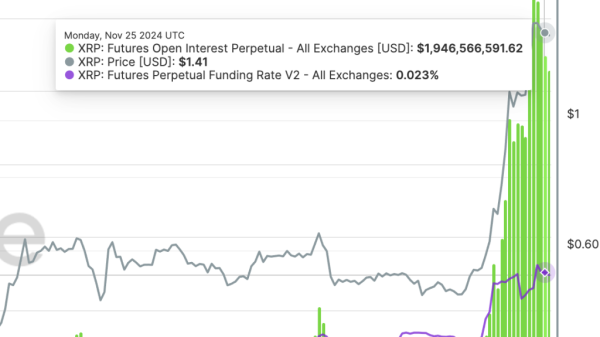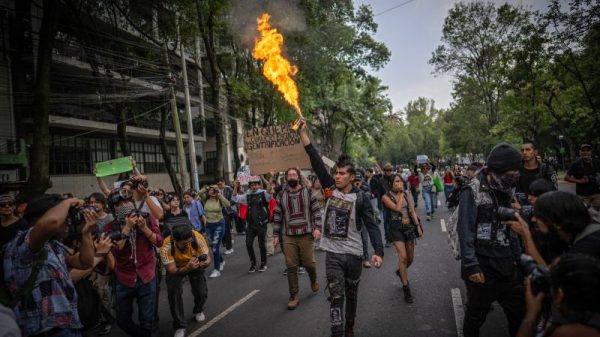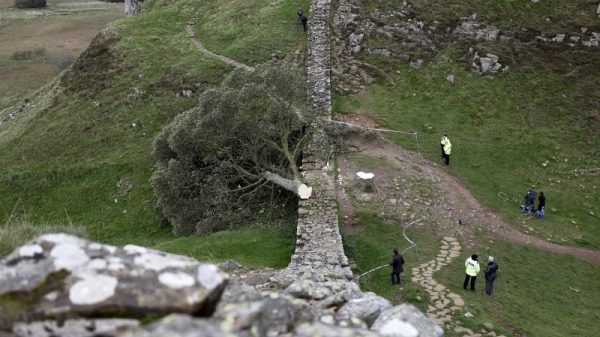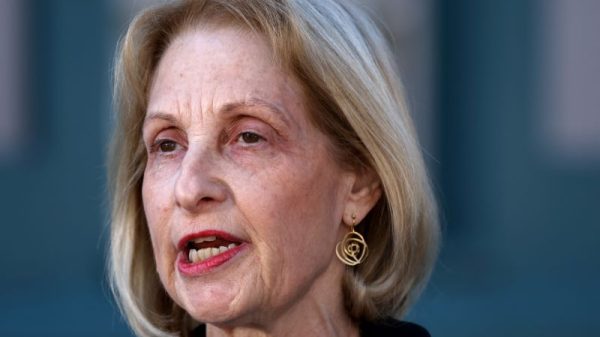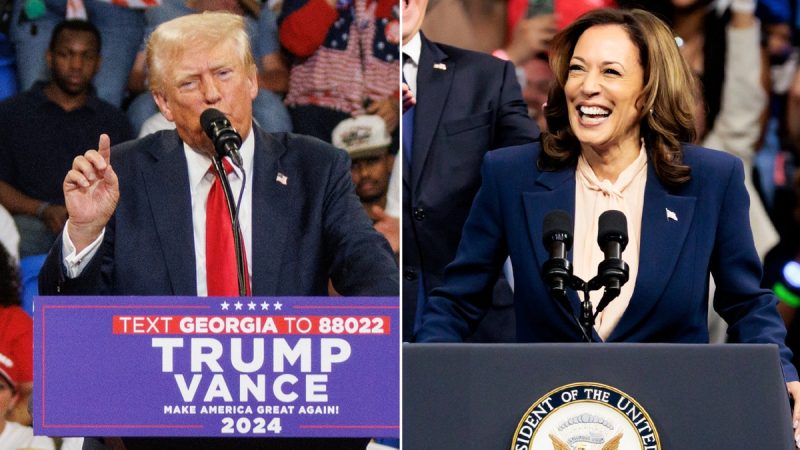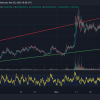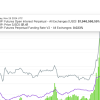The tempo of the election campaign is dramatically quickening, partly fueled by an array of earlier voting options across the country. Expected to snap into high gear in the first few weeks of September, the election hustings kick-off a lot sooner than most people anticipate. The voters’ ballots are presented earlier than you might think, and with just six days until the voting starts, the politicking reaches a fever pitch.
This early initiation of voting activity is largely due to the increase in absentee and mail-in voting options that are now provided to voters in many states. It’s a shift from tradition that aims to foster more voter participation and ensure that all citizens, regardless of personal circumstances, have a feasible opportunity to exercise their right to vote.
Various forms and degrees of pre-election day voting are currently permitted in all fifty states. Absentee voting opportunities are offered in every state, whereas as many as two-thirds of states additionally allow for early in-person voting. Mail-in voting, for which no excuse is required, is allowed by a third of all states.
For instance, the state of North Carolina presents mail-in ballots to its voters starting from September, marking the unofficial onset of the election season. Other states soon follow suit, ramping up their campaign efforts and initiating their voting procedures.
A critical element of these early voting opportunities is the ability for voters to request and submit their ballots through the mail. This practice, already quite widespread, has gained even more traction due to the global COVID-19 pandemic. Many voters, particularly those in high-risk demographics, are likely to take advantage of the mail-in ballot option in order to avoid potential exposure to the virus.
Early voting options also pose unique challenges for campaigning politicians. It necessitates strategizing campaign schedules to align with early voting timelines, ensuring that their political messages reach the voters in time to influence their decision. To complicate matters further, the sequence of mailing ballots isn’t uniform across different states, with each state having its own stipulated timeline.
Like in South Dakota, where absentee voting begins in late September, Vermont facilitates early voters with an absentee voting period that commences even earlier, 45 days before the election day. This means politicians have to monitor each state’s schedules and align their campaigns accordingly if they want to effectively reach the full voter base.
To sum up, the election season is not a distant fall event, but rather a process that sets in motion from early September onwards. With various mechanisms in place for early voting, campaigning politicians need to be agile, adaptive, and alert to the changing dynamics of the electoral landscape. It’s a race against the clock that requires meticulous planning, punctual execution, and constant vigilance.









